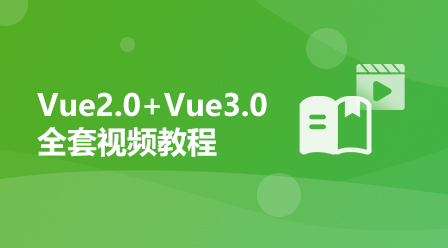
Course Elementary 44467
Course Introduction:Vue technology family bucket tutorial is shockingly released! This course explains in detail the core technologies in Vue2 and Vue3, as well as surrounding technologies. Through this course, you can become proficient in the Vue technology stack and make front-end development as smooth as silk!
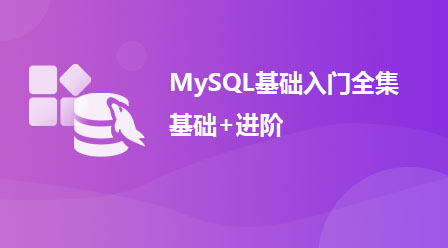
Course Elementary 14317
Course Introduction:MySQL Database Service is a fully managed database service for deploying cloud-native applications using the world's most popular open source database. It is 100% developed, managed and supported by MySQL.
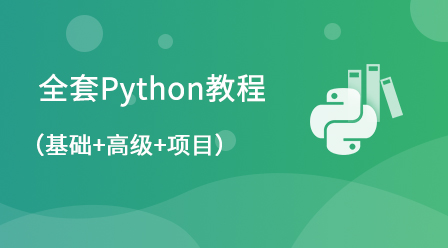
Course Elementary 12096
Course Introduction:This course is suitable for developers who want to learn the Python programming language from scratch. It will take you into the python world from the shallower to the deeper, and it is a good course for self-study python.
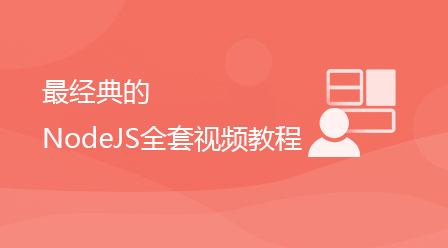
Course Elementary 8982
Course Introduction:The content covers Node.js introduction, download, installation, modularization, CommonJS, NPM, and the basic use of Buffer, fs and other modules. This video is suitable for students who have a certain foundation in JS. Node.js is one of the skills that front-end development needs to master. By studying this video, you can have an in-depth understanding of Node.js.
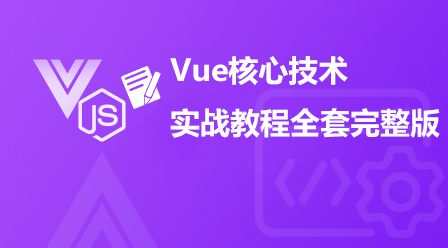
Course Intermediate 10074
Course Introduction:This video is recorded based on Vue2.5 and covers the technologies required for Vue development: templates, data binding, declarative rendering, calculated properties, event processing, transition animation, instructions, custom Vue plug-ins, component development, inter-component communication, Ajax Front-end and back-end interaction, Vue-Router, etc. Conduct in-depth source code analysis of the core parts of data proxy, template parsing, data hijacking, and data binding.
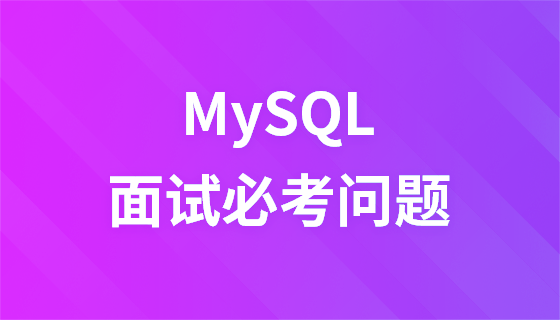
Course Intermediate 5672
Course Introduction:MySQL is one of the most popular relational databases and is widely used in various fields. This course mainly explains the common objects in MySQL, and explains the optimization strategies in detail, and uses cases to give us an in-depth understanding of SQL optimization strategies. After studying this course, we can independently complete various SQL optimizations and improve the performance of the system.
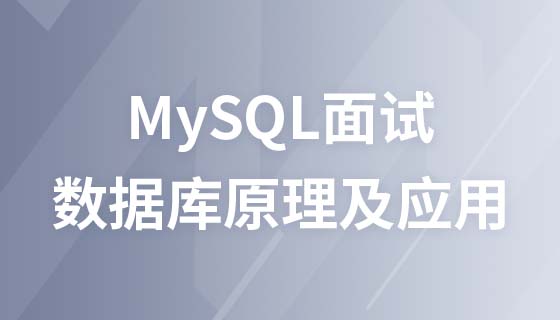
Course Intermediate 8588
Course Introduction:Many programmers who have worked for many years still have a very basic understanding of databases. They are confused as soon as they go out for interviews. They don’t understand basic SQL statements, more complex SQL queries, and SQL statement optimization. They don’t even know how to use them. Redis improves system performance and can withstand tens of millions of concurrencies. This set of courses will help you thoroughly understand MySQL locks, execution plans, indexes, MVCC & Redis transactions, cache, breakdown, penetration, avalanche, warm-up, etc., and you can complete all database interviews in one set!
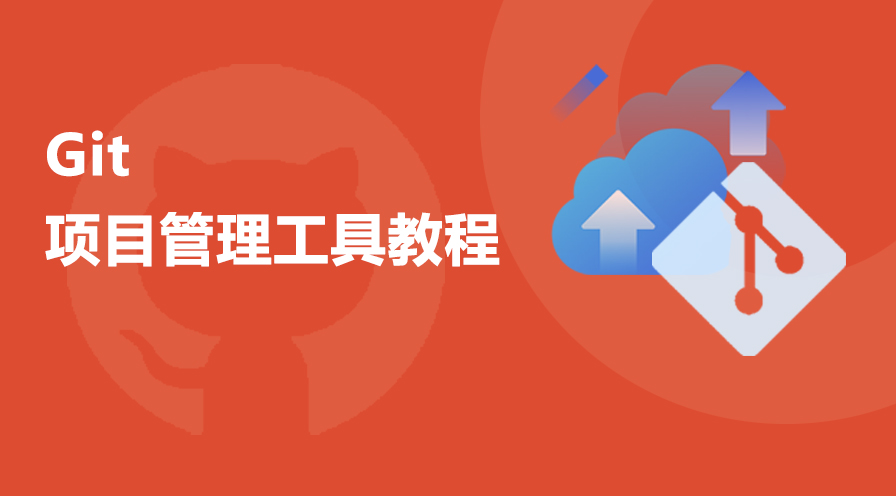
Course Intermediate 7190
Course Introduction:Git is a Distributed Version Control System (DVCS for short), which is divided into two types of warehouses: Local warehouse and remote warehouse The workflow is as follows 1. Clone or pull code from the remote repository to the local repository (clone/pull) 2. Make code modifications locally 3. Submit the code to the staging area before submitting it 4. Submit to local repository. Save each modified historical version in the local warehouse 5. After the modification is completed, when you need to share the code with team members, push the code to the remote warehouse

Course Elementary 3111
Course Introduction:If you want to build a website, you can only access the Pagoda panel by opening port 8888. When opening port 8888, you should also remember to open port 80 (which is the default port of the WEB server). It is recommended to open another port 443 (this is based on HTTPS). The default port of the website), open these ports and your website can be accessed normally; this course is reproduced from Bilibili: https://www.bilibili.com/video/BV1fJ41147vV
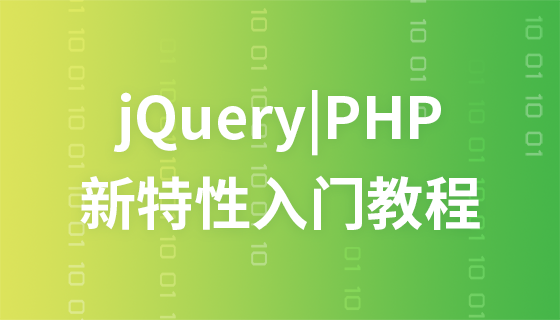
Course Elementary 4705
Course Introduction:The second phase of Web front-end zero foundation is here! The Web front-end course is serialized in stages and has a lot of content. You can learn it step by step; Don't just watch the video, follow the teacher and practice more~
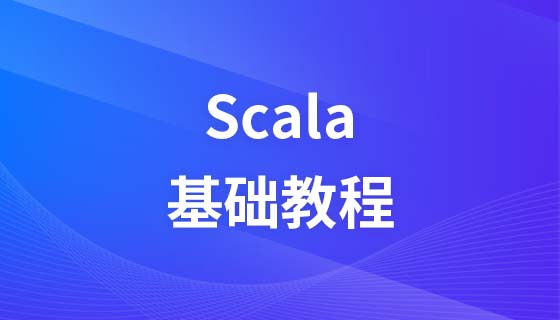
Course Elementary 13355
Course Introduction:Scala Tutorial Scala is a multi-paradigm programming language, designed to integrate various features of object-oriented programming and functional programming.
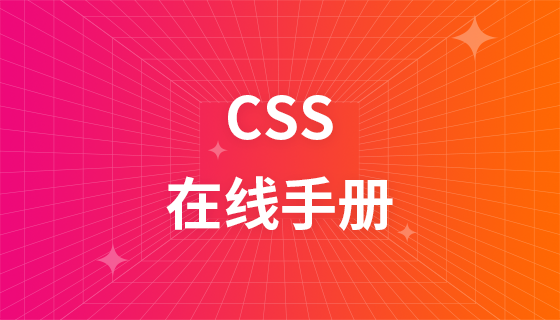
Course Elementary 81802
Course Introduction:"CSS Online Manual" is the official CSS online reference manual. This CSS online development manual contains various CSS properties, definitions, usage methods, example operations, etc. It is an indispensable online query manual for WEB programming learners and developers! CSS: Cascading Style Sheets (English full name: Cascading Style Sheets) is an application used to express HTML (Standard Universal Markup Language).
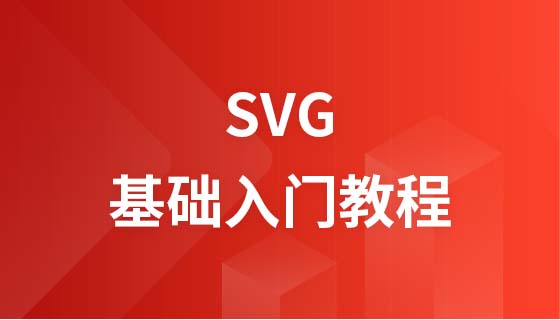
Course Elementary 12818
Course Introduction:SVG is a markup language for vector graphics in HTML5. It maintains powerful drawing capabilities and at the same time has a very high-end interface to operate graphics by directly operating Dom nodes. This "SVG Tutorial" is intended to allow students to master the SVG language and some of its corresponding APIs, combined with the knowledge of 2D drawing, so that students can render and control complex graphics on the page.
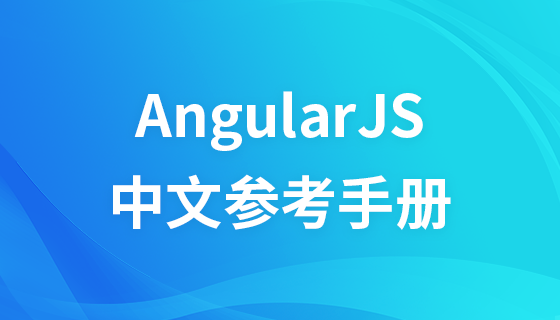
Course Elementary 24272
Course Introduction:In the "AngularJS Chinese Reference Manual", AngularJS extends HTML with new attributes and expressions. AngularJS can build a single page application (SPAs: Single Page Applications). AngularJS is very easy to learn.
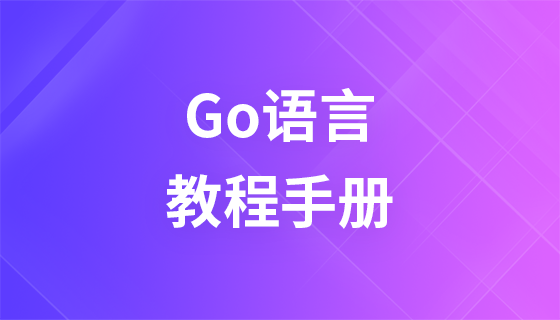
Course Elementary 27058
Course Introduction:Go is a new language, a concurrent, garbage-collected, fast-compiled language. It can compile a large Go program in a few seconds on a single computer. Go provides a model for software construction that makes dependency analysis easier and avoids most C-style include files and library headers. Go is a statically typed language, and its type system has no hierarchy. Therefore users do not need to spend time defining relationships between types, which feels more lightweight than typical object-oriented languages. Go is a completely garbage-collected language and provides basic support for concurrent execution and communication. By its design, Go is intended to provide a method for constructing system software on multi-core machines.
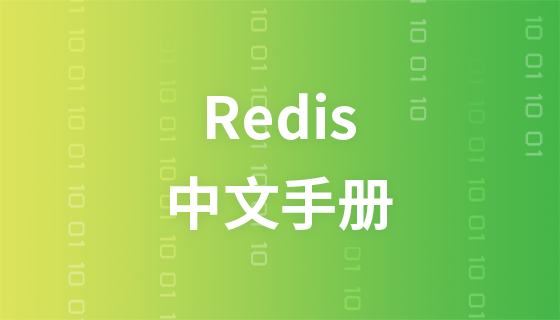
Course Elementary 57557
Course Introduction:"Redis Command Operation Chinese Manual" is the latest official Redis online reference manual. Redis is an in-memory cache database. This manual contains various Redis operation commands with Chinese explanations. You will learn to master the efficient use of Redis in the data server. It is a must-have online query for Redis learning and users. Refer to the documentation tutorial!
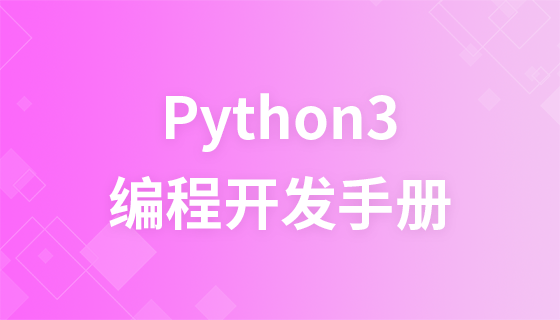
Course Elementary 87254
Course Introduction:"Python 3 Tutorial" The 3.0 version of Python is often called Python 3000, or Py3k for short. This is a major upgrade compared to earlier versions of Python. In order not to bring too much burden, Python 3.0 was not designed with backward compatibility in mind. Python language is very simple and easy to use for beginners and to complete common tasks.
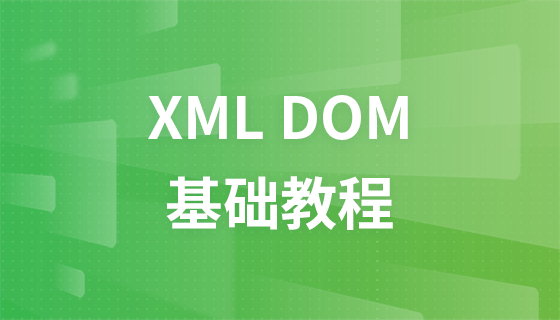
Course Elementary 20787
Course Introduction:"XML DOM Tutorial" XML DOM defines a standard method for accessing and manipulating XML documents. DOM treats an XML document as a tree structure, with leaves defined as nodes. If you want to use XML, you need to understand the XML DOM.
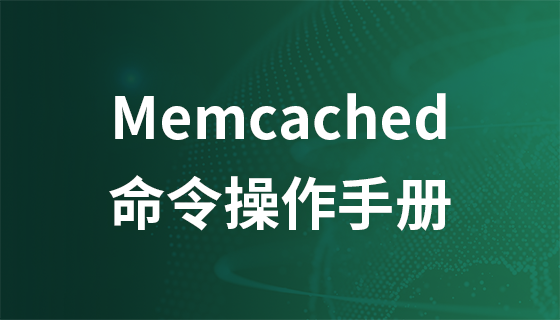
Course Elementary 17535
Course Introduction:"Memcached Command Operation Manual" is the latest official Memcached online reference manual. In this Memcached document, various Memcached operation commands are provided with Chinese explanations. You will learn how to use Memcached to reduce database load and improve performance. It is a must-have online query reference document tutorial for Memcached learners and users!
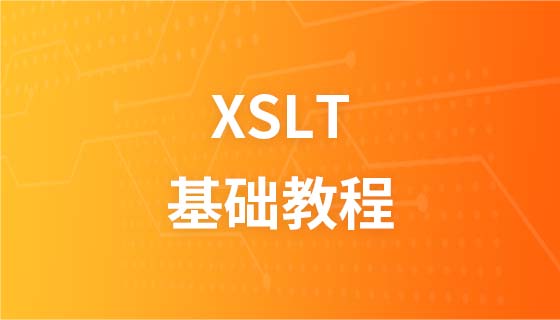
Course Elementary 9614
Course Introduction:"XSLT Tutorial" XSL refers to the EXtensible Stylesheet Language (EXtensible Stylesheet Language), which is a stylesheet language for XML documents. XSLT refers to XSL Transformation. In this tutorial, you will learn how to use XSLT to transform an XML document into another document, such as XHTML.